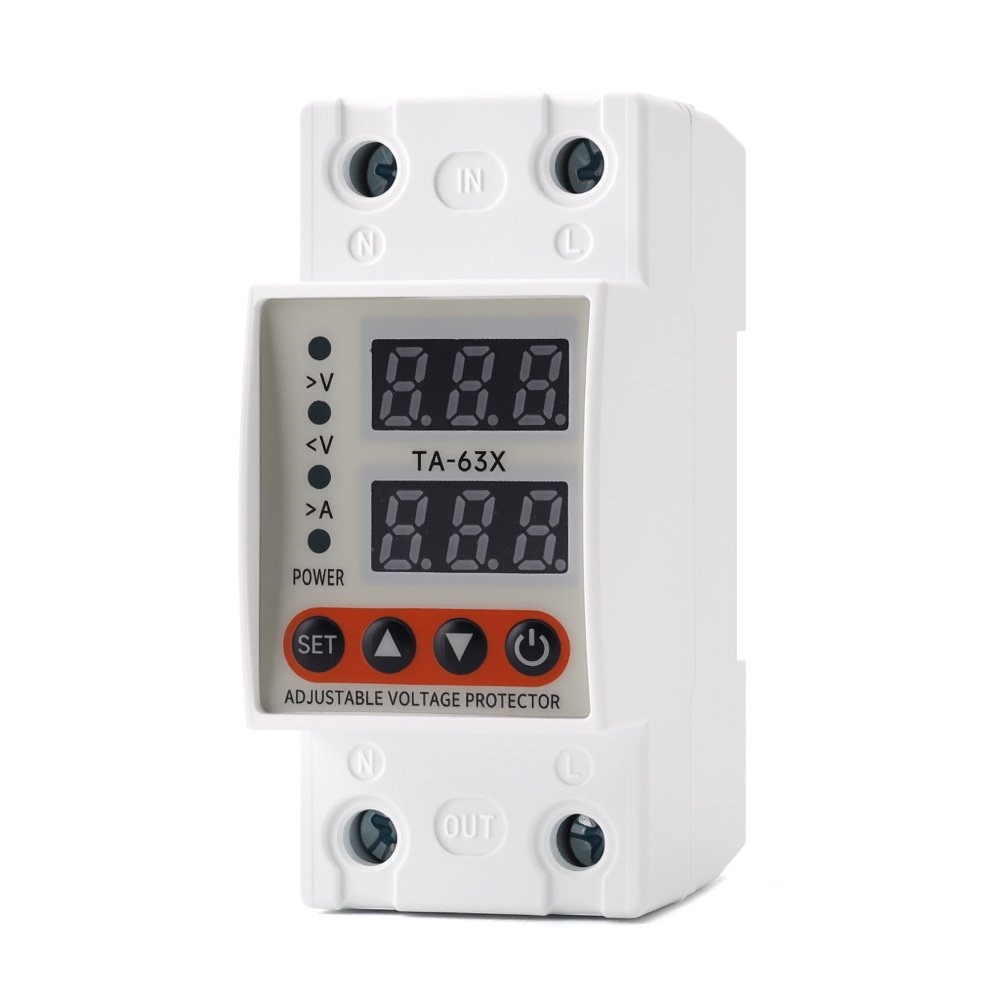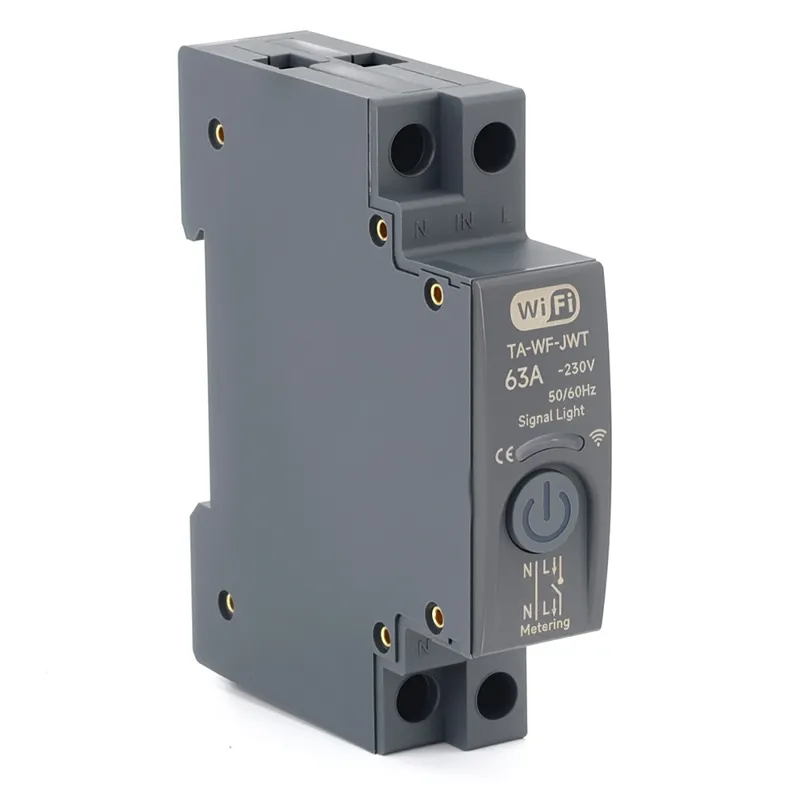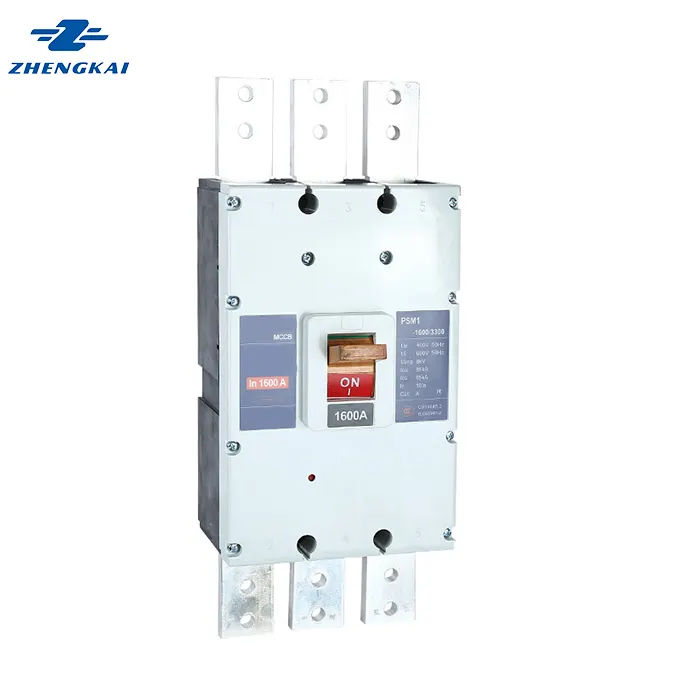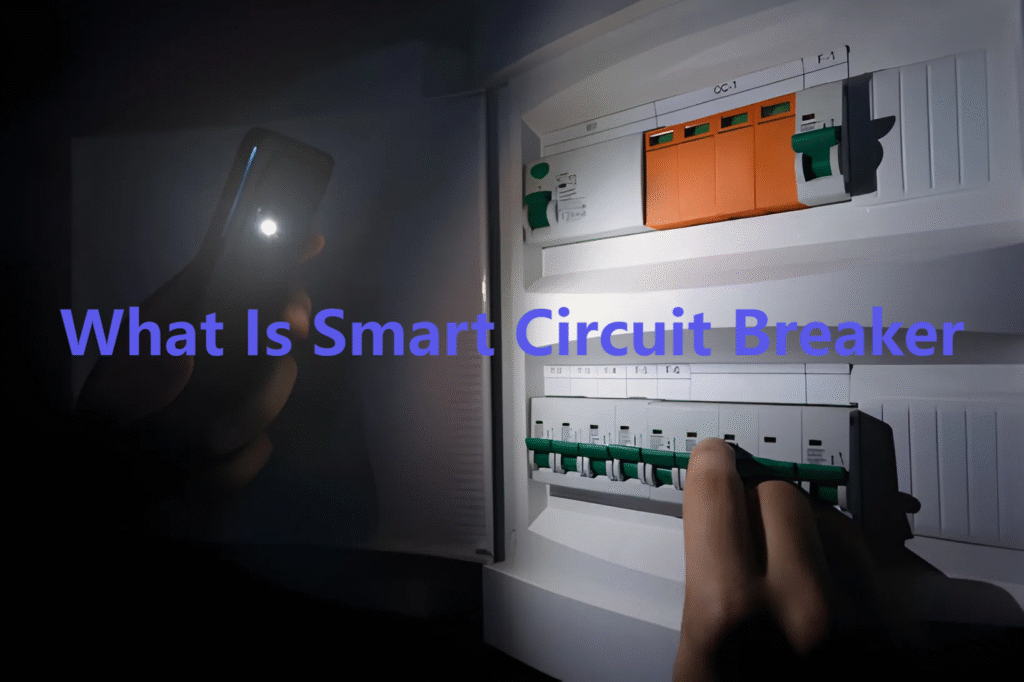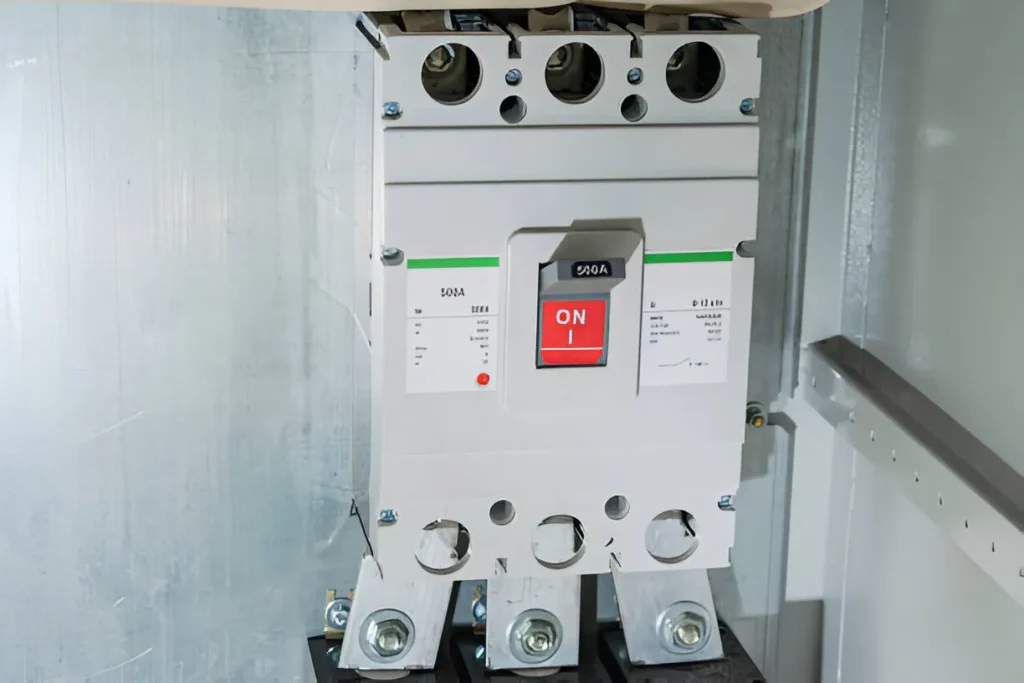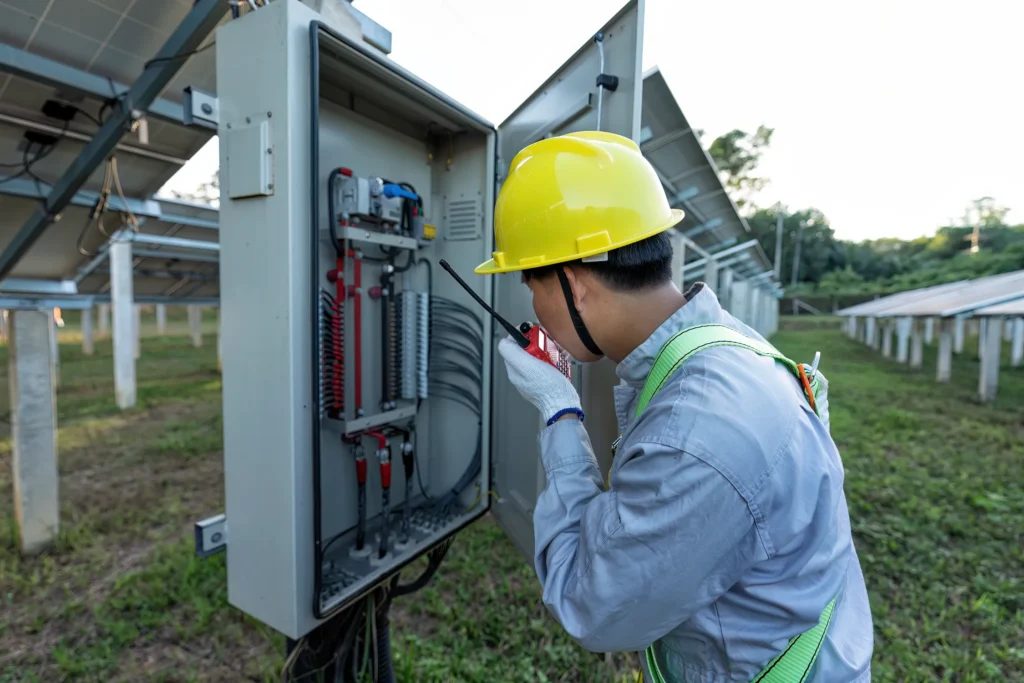A Motor Protection Circuit Breaker (MPCB) is a specialized device that combines several protective functions into one compact unit. Think of it as a guardian for your electric motors, watching over them 24/7 to prevent damage from various electrical issues. Unlike standard circuit breakers, MPCBs are specifically designed to handle the unique demands of motor circuits.
Electric motors are the unsung heroes of industrial operations, silently powering everything from massive manufacturing equipment to intricate pumping systems. But these mechanical workhorses have a critical vulnerability: they can easily become victims of electrical stress.
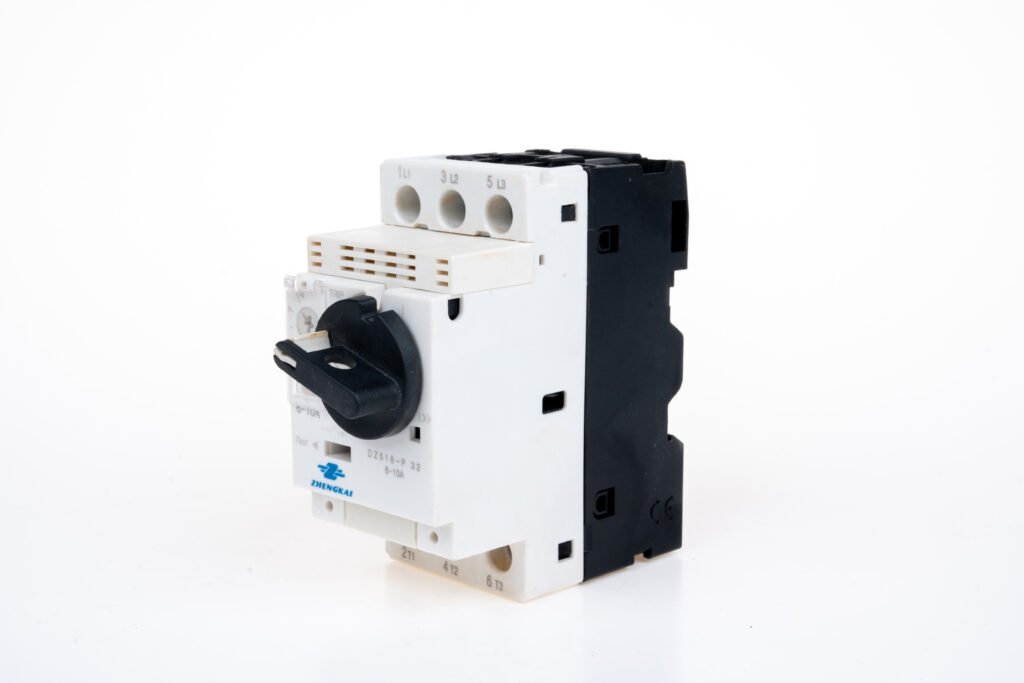

Why is Motor Protection Necessary?
Electric motors serve as essential components across various industries, powering everything from machinery to pumps and compressors. However, these vital pieces of equipment face a critical vulnerability: overload conditions, which occur when current draw exceeds the motor’s rated capacity, potentially leading to dangerous overheating and eventual failure.
According to international electrical standards and best practices, motor overload protection must be carefully calibrated based on the motor’s specifications. For motors operating in continuous-duty applications, protection devices should typically be set to activate at 115-125% of the motor’s full load current, depending on the specific service factor and application requirements. This precise calibration ensures adequate protection while avoiding nuisance trips.
To safeguard these valuable assets, industries worldwide rely on sophisticated motor protection devices, particularly thermal overload relays. These intelligent devices continuously monitor motor temperature, automatically interrupting operation when thermal limits are exceeded. This proactive approach to motor protection helps maintain operational reliability, prevents costly downtime, and significantly extends equipment lifespan by protecting critical components such as bearings and winding insulation from thermal stress.
How to Select the Motor Protection Circuit Breaker?
Understanding Motor Specifications
| Specification | Description |
|---|---|
| Rated Voltage | Operating voltage (e.g., 230V, 400V, 690V) |
| Full Load Current (FLC) | Normal operating current |
| Starting Current | Initial surge current (typically 6-8 times FLC) |
| Service Factor | Overload capacity (usually 1.15 or 1.25) |
Remember to match your MPCB’s voltage rating with your motor’s operating voltage. The current rating should be slightly higher than the motor’s full load current to accommodate normal operating variations.
Motor Specifications
Selecting the appropriate motor protection circuit breaker (MPCB) begins with understanding the motor specifications. Key factors include the motor’s voltage rating, current rating, and power output. These specifications determine the size and type of MPCB required for effective protection. It is essential to match the MPCB ratings with the motor’s full-load current to ensure optimal performance and safety.
Type of Motor Load
Different applications place varying demands on motors. It’s crucial to consider whether the motor will be driving a constant load, variable load, or a load with high starting currents. For example, pumps and fans typically have constant loads, while compressors and conveyors may experience variable loads. Selecting an MPCB that can handle the specific load type ensures better protection and performance.
Overload Protection
Overload protection is crucial for preventing damage to motors caused by excessive current. The MPCB should be equipped with adjustable settings to accommodate different overload conditions. Selecting a breaker with a thermal-magnetic mechanism ensures reliable protection against prolonged overloads while allowing for short-duration inrush currents during startup.

Short Circuit Protection
Short circuit protection safeguards against sudden surges of current that can cause severe damage. The MPCB must have appropriate short-circuit ratings to ensure it can handle fault conditions without failing. Selecting a breaker with a suitable interrupting capacity is vital for protecting both the motor and the electrical system.
Phase Failure and Imbalance Protection
Phase failure and imbalance protection are critical for three-phase motors. An MPCB should detect phase loss or imbalance conditions that could lead to overheating or mechanical failure. Integrating this feature enhances reliability and prolongs the lifespan of the motor.
Environmental Conditions
Environmental conditions play a significant role in selecting an MPCB. Factors such as temperature, humidity, and exposure to dust or corrosive substances must be considered. Choosing a breaker rated for specific environmental conditions ensures optimal performance and durability in various settings.
Conclusion
Selecting the right motor protection circuit breaker requires careful consideration of motor specifications, load type, and protection features like overload, short circuit, and phase failure safeguards. Environmental factors also play a crucial role in ensuring optimal performance.
For expert advice and product recommendations, explore our range of motor protection solutions today.

